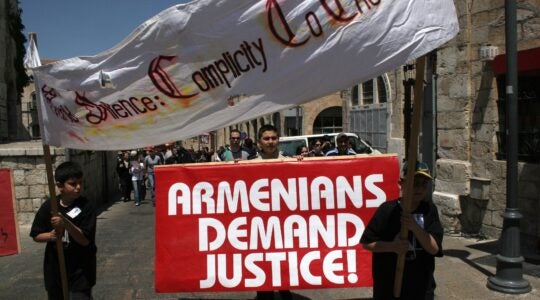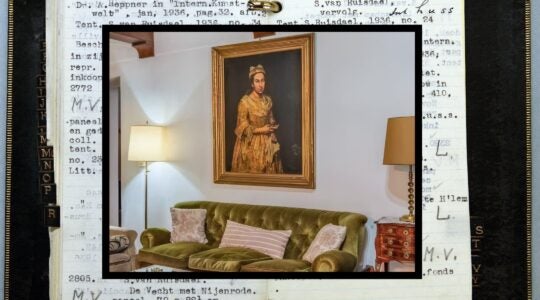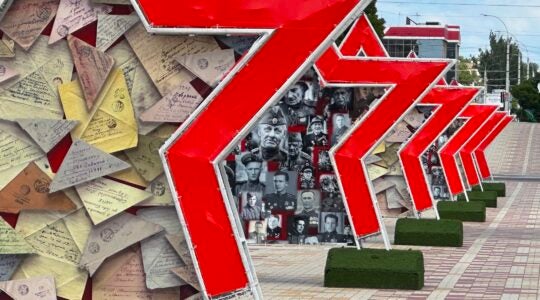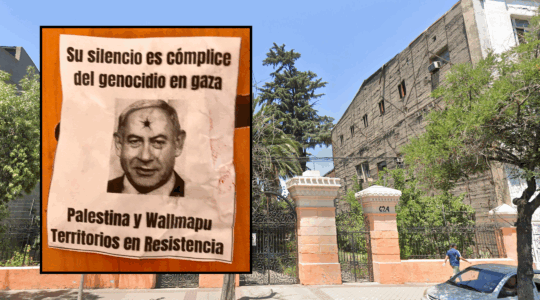KIEV (JTA) — A new book relates the recollections of former prisoners of Ukraine’s Balta ghetto.
Rabbis, diplomats, survivors, scientists, local officials and Jewish activists took part Sept. 24 in the unveiling of the book devoted to the 65th anniversary of the liberation of the Transnistria concentration camps and ghettos. The event was held at the Chabad-Lubavitch Southern Ukrainian Jewish University in Odessa.
Two volumes of the book, titled “Remember and Tell,” feature newly discovered and mostly unpublished photos. The book also contains documents that shed new light on Jewish life during the occupation of Balta and Transnistria, also known as Trans-Dniester, located in a strip between the Dniester River and Ukraine, and on the liberation of concentration camps and the ghetto.
Rabbi Avraham Wolf, chief rabbi of Odessa and Southern Ukraine, emphasized the importance of the edition to preserve the memory of this chapter in Jewish life in Ukraine as well as the resistance.
Iliya Koshyn, a survivor and author of the first volume, tells his personal story and reveals other survivors’ recollections.
Druk Odessa publishers printed 500 copies with the financial support of local sponsors who originated from Balta.
When Transnistria was occupied, it was used for the concentration of the Jews of Bessarabia, Bukovina and northern Moldavia who were expelled from their homes. The deportations began Sept. 15, 1941 and continued, with some interruptions, until the fall of 1942.
Most of the Jews who survived the mass killings carried out in Bessarabia and Bukovina were deported to Transnistria by the end of 1941. According to records kept by the Romanian gendarmerie and army, 118,847 Jews were deported during the first phase. The deportations resumed in the summer of 1942.
According to Pavel Kozlenko, an Odessa scientist and author of the second volume of the recollections, only about 2,000 Jews survived the Balta ghetto.
JTA has documented Jewish history in real-time for over a century. Keep our journalism strong by joining us in supporting independent, award-winning reporting.





